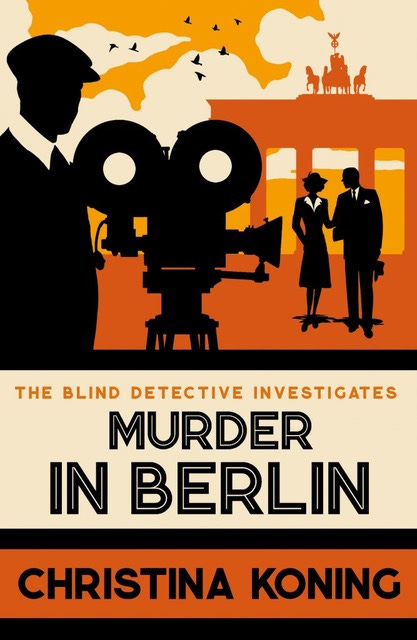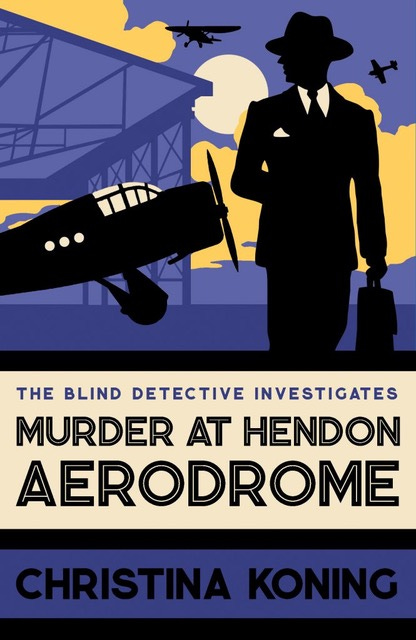When I published the first novel in my Blind Detective series in 2014, I had no idea it would turn into a series of — so far — eight books, with a further two (or perhaps three) to follow. All I knew was that I wanted to write a story based around the life of my grandfather, a veteran of the First World War, who was blinded at Ypres. I didn’t even know it would be a murder mystery — although that soon emerged, as my protagonist, Frederick Rowlands, who works as a telephonist at a firm of City solicitors, becomes drawn into a murder case, after overhearing a fragment of conversation while he is connecting a call on the firm’s switchboard. The novel is set in 1927 — ten years after Rowlands has been invalided out of the army — and portrays a world still overshadowed by the physical and psychological damage of the Great War.
This, then, was my starting-point — or to put it another way, the ‘scaffolding’ on which the book was structured. It was to provide the structural underpinning of the book that followed (now republished as Murder in Regent’s Park), which is set two years later, and finds Rowlands investigating a series of murders apparently connected to St Dunstan’s, the institute for blinded ex-servicemen which was then based in Regent’s Park. With the second book, I knew had my structure in place, with each successive book focusing on a different aspect of the inter-war years. I had my cast of characters — Fred, his family and friends, including the police inspector first encountered in the earlier novel — and my setting, which was London, in this case, but which was to expand into other territory in later books.

As I continued to explore the themes which had first attracted me — themes to do with social upheaval, and how people survive in turbulent times — I found that there was quite a lot of flexibility in my structure. Moving, as my story does, through the late 1920s and into the 1930s, gave me plenty of scope to describe a range of things— from the aviation craze of the early thirties, to the rise of Hitler in Germany and the outbreak, a few years later, of the Spanish Civil War. These provided the background to the murder investigations of my blind detective, all of which to some extent reflect what is going on in the world outside. Even when the focus is narrower, as in Murder in Cambridge, which is set at a Cambridge women’s college in 1935, the story touches on arguments to do with the validity (or otherwise) of women’s education that were raging at the time. Here, as with the other books, it was the structure — a specific time and place, a particular set of characters — that gave the story solidity and (I hope) authenticity.

Even though, as the above will suggest, their historical setting has been important in establishing some of the themes of this series, I have had to bear in mind that these are stories that deal with murder — that most disruptive and socially destructive of crimes. And it is this — the initial act of murder, the discovery of the crime, and the investigation that eventually leads to its solution — which gives each book its particular shape and structure. In the most recently published in the series, Murder in Dublin, set in Ireland in 1939, the focus is if anything, tighter than in the earlier books — with a family riven by jealousy and sibling rivalry mirroring the conflict about to explode in the greater world. And of course it is the individual, human conflict that is central to the story; the uncovering of the guilty, and the subsequent restoration of order that matters as much, if not more, than what the Great Powers are up to. For me, these elements — the historical and the personal — are interwoven. It is the tension between them that makes the stories interesting — at least for this writer.
The Blind Detective series is published by Allison and Busby.



Loved the others. Looking forward to reading this one!